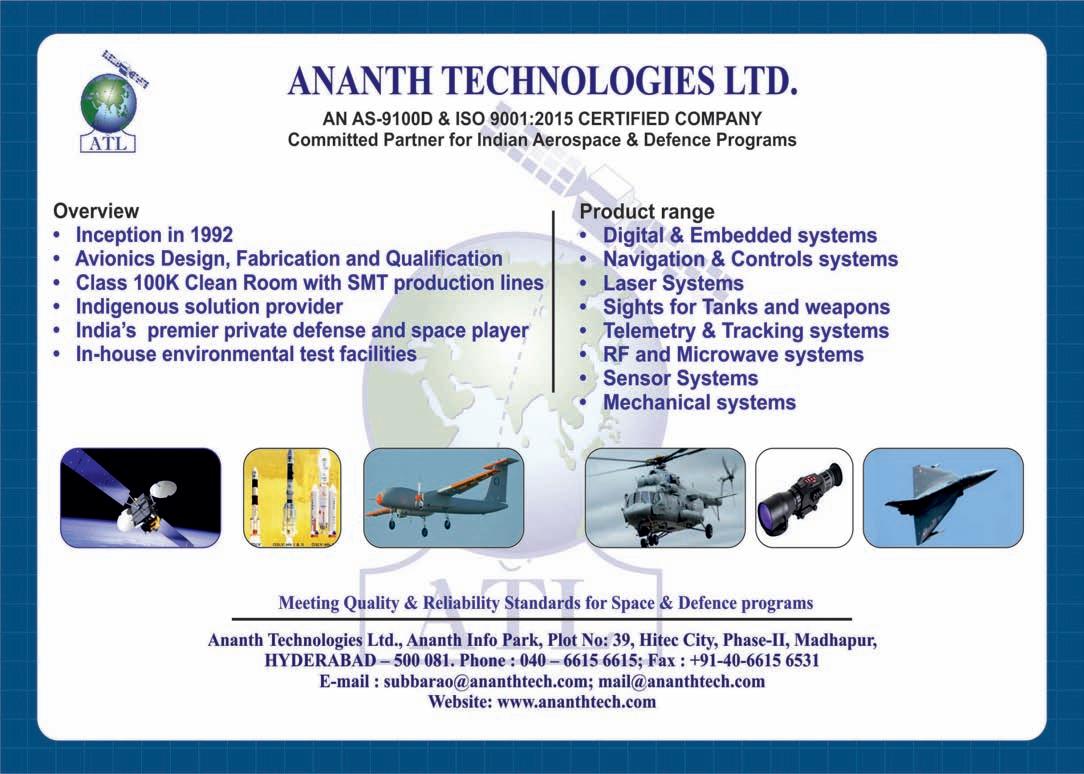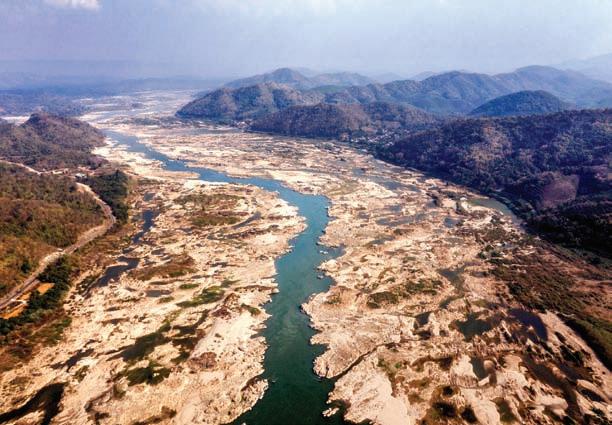
7 minute read
IAF Has Major Role to Play for India’s Atmanirbharta
Indian Air Force Apache AH-64E
WITH 88TH BIRTH ANNIVERSARY, IAF HAS MAJOR ROLE TO PLAY FOR INDIA’S ATMANIRBHARTA
Advertisement
The IAF has major role to play in making an Atmanirbhar Bharat with the help of indigenous industry’s production of AMCA, Tejas Mk 2, and the Mk 1 A and strengthen India’s strategic autonomy
By AIR MARSHAL M MATHESWARAN (RETD)
T
he Indian Air Force, as it celebrates its 89th Founding Day on October 8 this year, is one of the oldest and powerful Air Forces of the world. Given the current situation in Ladakh where Indian and Chinese forces, deployed in significant strengths, face each other with considerable potential for conflict escalation, the IAF has its task cut out. Despite the continuing depletion in fighter squadron strength, the IAF has significant capability to ensure a favourable local balance of power.
The induction of the first set of Rafale aircraft has served to boost the fighter power and projection. Over the last decade, the IAF has transformed its airlift and expeditionary capabilities. The recent operationalisation of Chinooks, Apaches, armed ALHs, and the latest induction of LCH gives it a significant boost to its helicopter operations and heli-combat capabilities. Its networking capabilities and armed UAVs add a major dimension to its operations in the current scenario against China.
CONCERN ON IAF’S FORCE STRUCTURE
Considering the heightened tensions on the Sino-Indian border, current gaps in IAF’s force structure is of concern, notwithstanding the Rafale induction. In a way, heightened tensions can be seen from a positive angle. It has revealed the
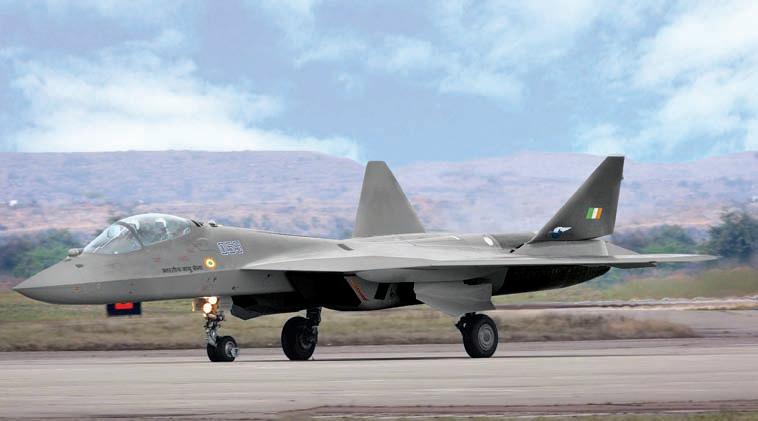
ruthless geopolitical environment around us, unreliability of China, and highlighted the need for strong military power and the need to transform our approach to an aggressive military strategy to deter China and Pakistan. It is time India adopt an airpower intensive and active-defence strategy. The need to accelerate the recovery of IAF’s combat squadron strength to its full complement of 42 squadrons is vital and never more urgent.
This is easier said than done given the fact that the country is going through its worst health crisis from the COVID pandemic, significant economic downturn, an unemployment crisis, all these converging to make funding prioritisation a difficult and challenging exercise for the government. Both the Air Force and the Navy are characterised by capital-intensive equipment and in most cases, they are importdependent. Hence, modernisation plans tend to get derailed for want of adequate capital allocation. For too long, our self-reliance and indigenisation strategies have failed to bear fruit for want of coherent strategies with continuity and accountability. The IAF can lead the way in addressing this perennial problem with a radically different approach.
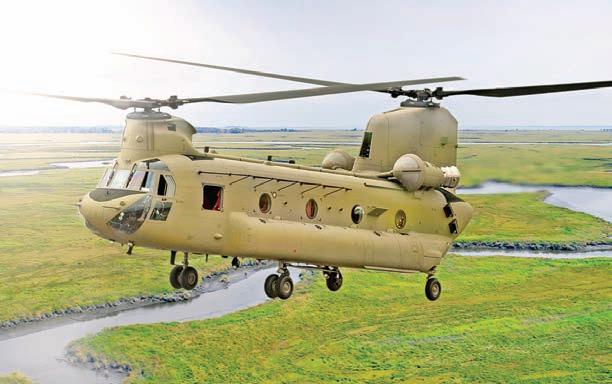
India’s 5th-Gen fighter jet ‘AMCA’ to get 6th-Gen tech
ACHIEVING THE ESSENTIALS OF ATMANIRBHAR
Quite simply ‘Atmanirbhar’ is self-reliance. But in the past ‘self-reliance’ was seen as being able to make everything within the country, which was neither economically viable nor did it make any sense. Atmanirbhar should be rooted in the strength of economic viability and the importance of control over critical technologies. ‘Make in India’ has driven home the importance of defence exports. Combining the two, India’s investments in research and development should be directed towards those identified critical technologies on which India should not be import-dependent, while products with noncritical technologies could be manufactured in partnership with foreign OEMs for Indian and global markets. A well-crafted long-term strategy can translate India into a net exporter of weapon systems.
Boeing’s Chinook inflight
THE RECENT OPERATIONALISATION OF CHINOOKS, APACHES, ARMED ALHS, AND THE LATEST INDUCTION OF LCH GIVES IAF A SIGNIFICANT BOOST TO ITS HELICOPTER OPERATIONS AND HELI-COMBAT CAPABILITIES. ITS NETWORKING CAPABILITIES AND ARMED UAVS ADD A MAJOR DIMENSION TO ITS OPERATIONS IN THE CURRENT SCENARIO AGAINST CHINA
IAF CAN BECOME THE MOST IMPORTANT DRIVER FOR ATMANIRBHAR BHARAT
IAF should be looking to induct between 300 and 400 aircraft over the next 20 years. One of the biggest failures of Indian defence development and
production has been the problem of an excessively long time of development compounded by inadequate data from operational utilisation of the equipment, which is necessary for improving and developing successive variants. This must be addressed if ‘Atmanirbhar’ does not go the way of past such exercises.
Let us look at the fighter aircraft alone. The LCA ‘Tejas Mk 1’ has just entered the service. By 2022 the batch of 40 Tejas Mk 1s should have been produced and supplied. Operational upgrade from IOC to FOC of the first 20 aircraft should also be in place by 2022. Additionally, a reasonable level of user feedback data should be driving the finetuning and improvements in the 83 Tejas Mk 1As that will

IAF Advanced Light Helicopter
follow. Although HAL is inducting private industry partners to accelerate production, it will not be before 2030 for the last Tejas to be delivered.
The Tejas, as of today is import-dependent to the tune of 60 per cent. This decade must be used to reduce this import dependency down to 30 per cent by way of incorporating our sensors, radar, EW, communications, avionics and some weapons. This period should also be used to develop and operationalise the Tejas Mk2, which should be a twin-engine platform for both the IAF and the Indian Navy. Effectively, the twin-engine Tejas Mk2 should become the backbone of the IAF in the decades from 2030.
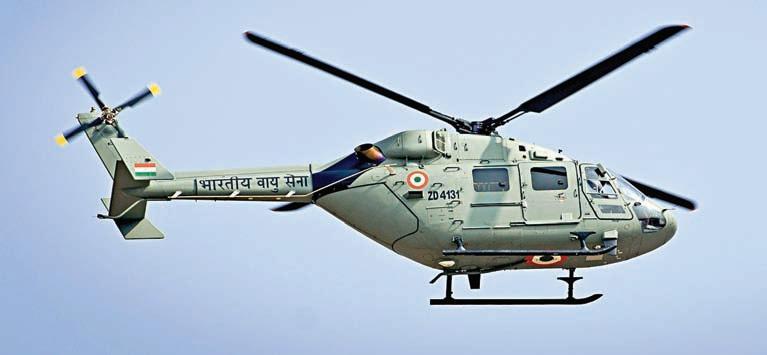
IAF’s Light Combat Helicopter
REVIVING THE AUXILIARY AIR FORCE SYSTEM
Much like the Territorial Army, it is time India revives the now-defunct auxiliary air force system and should be modelled on the US’ Air National Guard. This would result in multiple major benefits. First, it would boost the IAF’s strength as it would have sufficient active reserve capability in terms of trained airmen and aircraft. Second, it would enhance the government’s options in addressing peacetime activities in terms of internal and coastal security as well as aid to civil authorities.
Third, the auxiliary air force can also augment government resources for peace-keeping missions and HADR. Fourth, it provides an avenue for a larger number of citizens to participate in military service. Fifth and most important is its importance in the context of Atmanirbhar and Indian aerospace industry.
Combining smaller states with bigger states and dividing it into effective air guard regions, the air national guard could consist of 14 squadrons to be deployed in these regions. This could mean 200 to 250 Tejas Mk 1As. By adopting a plan of creating a 14 Squadron force of Air National Guards over 15 years, we would create a production run of 350 to 400 aircraft for the Tejas Mk 1As over 20 years.
This would stabilise the industry, create a robust aerospace eco-system, allow continuous indigenisation of components thus reducing import-dependency altogether, establish a cycle of continuous improvements in maintenance, reliability and performance, and make exports a distinct possibility. More importantly, it would create a constant flow of enormous user data that would
contribute immensely to the development efforts of Mk 2 and further series as well as other projects such as the AMCA.
Parallelly, the IAF should accelerate the development and production of the Mk 2, and the decision on the urgently needed 114 MRCA (which probably should be 200+). The MRCA selection should be linked to TOT and manufacture in India with a risk-sharing responsibility on the OEM for the global supply chain. Such a selection and partnership should be intimately tied to the development of the AMCA.
IAF’s centenary year is just 12 years away. It is possible to celebrate IAF’s centenary in 2032 as a force in complete strength and looking to be dominated by indigenous fighters such as AMCA, Tejas Mk 2, and the Mk 1 A. IAF’s Air National Guard would provide it with a lot more options and flexibility in its strategies.

LCA Tejas
– An Air Force Veteran, the writer is a former Deputy Chief of Integrated Defence Staff and is the President of The Peninsula Foundation, Chennai.
